Finding the right exit: Making a smooth transition
In the second part of our series looking at exiting a family business we look at how to make a smooth transition and why that is so important
The key to a successful business exit often lies in the smoothness of the transition. Early planning and good communication are both vital.
A first and most obvious issue is that the business may be losing one, if not two, of the key people that have been instrumental in its development, who have a lifetime of business experience, contacts and technical expertise.
These retiring family members may be central to the businesses culture and branding so their sudden removal could be disastrous.
Early planning is therefore important to ensure the new owners, or other key employees in the business, gain the necessary qualities and build trust with the various stakeholders.
Often a transitional period works well, where certain tasks or relationships are gradually released, at a pace that is appropriate for the business and the people in it.
This may be slow at first as people learn new roles and responsibilities but if handled well, will allow the new owners and promoted staff to feel empowered in a way that may have not been possible or foreseen and lead to better motivation, innovation and growth.
Again, early planning and good, clear communication helps get new people on board and ready for the challenges and prevents unanticipated shocks to the business.
Usually, a gradual withdrawal helps both the original and new owners get maximum value from the business and leads to fewer problems both for the business and the family.
I have seen occasions when the original owner, even after passing the business onto their children, has struggled to withdraw.
A life in business can be a difficult habit to break and it can be difficult to stop “interfering”. It can prevent the next generation taking full “ownership” of the challenges the business faces. Sometimes a clean break is necessary.
Again, a compromise may be possible with good communication. Larger companies will often have a board of non-exec directors who will not be involved in the day-to-day running of operations or decision making.
They are there to help the management and operational directors keep on track, see the wood-from the trees so to speak, allowing their wider experience and knowledge from other businesses to be of use.
Such a role is often ideal for the outgoing shareholders within a family business because they can enjoy the freedom of retiring from the everyday demands of the business but still offer help to the new owners in the family.
The help is from a trusted source who is less likely to have their own interests in mind, so it can be welcomed.
Next month some of the tax and financing considerations will be discussed.




